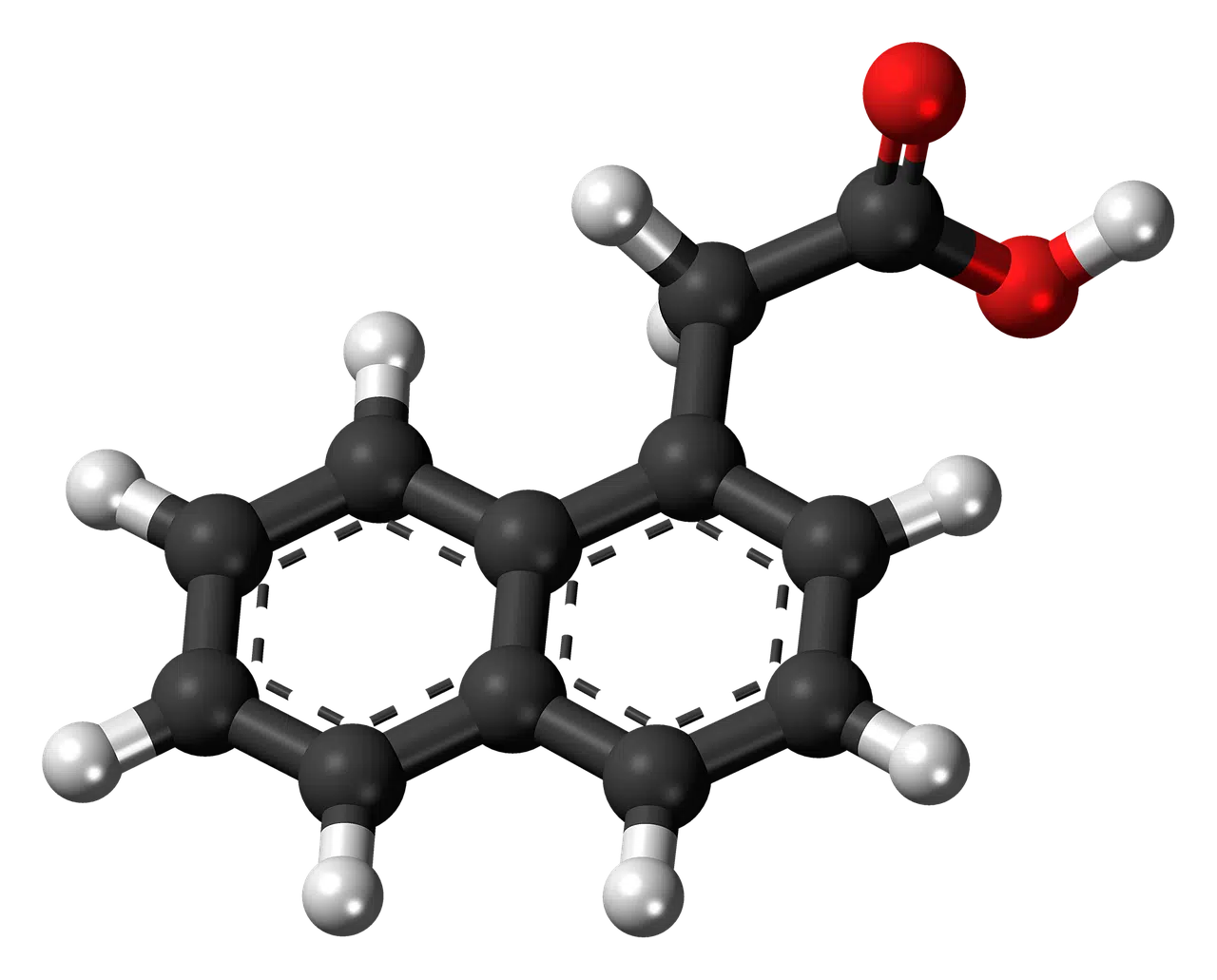
Chemical bonds, within the framework of chemical reactions, are broken, reconstituted or go through both situations.
Chemical bond is the expression that identifies a force by which atoms can be held together in a stable system. Thanks to chemical bonds , the theory says, molecules and other elements are assembled, just as a chemical compound can achieve stability .
When one mole of bonds is formed based on a set of atoms that is in a gaseous state, something known as bond energy is released. In the face of polyatomic molecules , this type of energy stands as the average value needed to break each identical bond .
Chemical bond classes
It is possible to distinguish various types of chemical bond that differ from each other according to the characteristics of the atoms that are involved in each case.
Ionic bonding , for example, occurs due to the electrostatic attraction that occurs between ions that have opposite charges. What is an ion ? Well, a particle (it can be a molecule or an atom with the loss or gain of an electron ) with a certain electrical charge: if it has a negative charge, then it is defined as an anion ; if that charge is positive, the correct name is cation .
The covalent bond , for its part, is generated by the union of a pair of non-metallic atoms with common valence electrons . In this framework, the difference in electronegativity is taken into account, which does not have to be very significant. It is also interesting to know that there are several subcategories in this group. Depending on the particularities they present, the covalent bond will be classified as polar, non-polar, simple, double, triple or dative.
A third type is the metallic bond , capable of ensuring the union of valence electrons and atoms corresponding to metals .
It is also enriching to focus on the distinctive features of the hydrogen bond , which constitutes a very powerful dipole-dipole electrostatic force in the case of a group of molecules, although it shows a minor weakness compared to an ionic or covalent bond. .
And if we delve deeper into the topic we will find many other important concepts that deserve attention, such as intermolecular forces , which can be repulsive or attractive. The van der Waals forces , to cite a specific case, are one of them. They owe their name to a Dutch professor and physicist and refer to attractions that involve surfaces, molecules and atoms.
They have great relevance within a branch of physics that is dedicated exclusively to condensed matter, nanotechnology, macromolecular science and structural biology, among other areas.
London forces , on the other hand, involve noble gases and non-polar molecules .

Around the nucleus of atoms there are areas known as atomic orbitals in which there are possibilities of detecting one or more electrons.
Electronic configuration and atomic structure
Understanding what and how the atomic structure is as well as getting advice on the electronic configuration helps to expand knowledge and understand more about the atom .
It is essential to know, for example, that each atom has a nucleus where there are subatomic particles called neutrons and protons . If you want to find out what the distribution of elements is like in the periodic table , meanwhile, you must direct your attention to the electronic configuration , a piece of information that marks the way in which the electrons are organized or structured in the atom .
Properties of compounds based on the chemical bond
Another aspect to highlight is related to the properties of the compounds based on the chemical bond .
Among them appears the polarity inherent to molecules that have unequal electrical charges . This issue is linked to other issues such as intermolecular strength , boiling and melting points , solubility , etc.
There is even a measure that indicates the intensity that the force of attraction between a pair of atoms develops: the chemical dipole moment . In a chemical bond it accounts for the asymmetry associated with the electric charge .
Miscibility , to add another option, is applied to a gas or liquid that, if mixed with the appropriate solvent (provided it has an identical physical state), generates a homogeneous mixture .
Depending on the molecular and atomic structure of a material, it can acquire the ability to allow electric current to pass through it, something known as electrical conductivity . The same occurs with thermal conductivity , although in this case linked to the transmission of heat or kinetic energy between substances or molecules.

Several chemical elements are grouped in the periodic table, including lithium and potassium, which have the peculiarity of being alkaline.
Octet rule and Lewis structure
The octet rule and the Lewis structure are other useful resources and concepts when diving into the universe of molecules , atoms , and electrons .
Through the Lewis structure (or dot diagram ), each bond that holds together the constituent atoms of a given molecule is graphically reflected, in addition to including any pairs of electrons that remain loose.
The octet rule , for its part, is a theory promoted many years ago by the North American Gilbert N. Lewis that informs the way in which the atoms of each chemical element are combined. According to this approach, with few exceptions, atoms of multiple elements usually have, in their final energy levels , eight electrons, a quantity that translates into the establishment of an electronic configuration that is stable.
